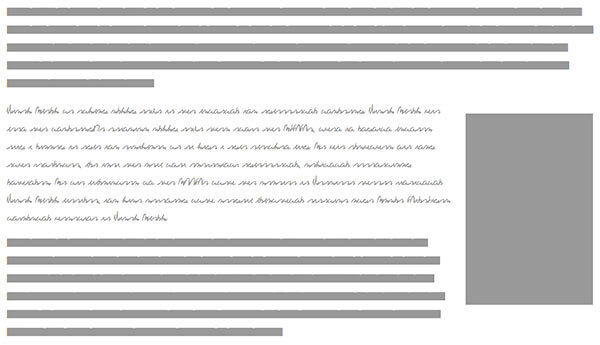Serve a Directory with PHP
Many developers have a giggle at PHP, even looking down at the language, but let's be honest: most of our blogs are powered by it (WordPress) and it's a great language to dabble around with. I cut my teeth on PHP, though I prefer to avoid PHP these days.
But when I need to experiment with a simple PHP coding task for the sake of a blog feature, I look for the simplest possible serving solution to accomplish that feat. Luckily PHP provides me a quick solution for testing:
php -S localhost:8888
The command above allows for serving of a directory via PHP, thus allowing for a simple PHP "site" to be served enough to confirm that my code testing works properly.
Serving a directory with PHP, python, or Node.js ... the same problem solved for different languages!
![5 Ways that CSS and JavaScript Interact That You May Not Know About]()
CSS and JavaScript: the lines seemingly get blurred by each browser release. They have always done a very different job but in the end they are both front-end technologies so they need do need to work closely. We have our .js files and our .css, but...
![Conquering Impostor Syndrome]()
Two years ago I documented my struggles with Imposter Syndrome and the response was immense. I received messages of support and commiseration from new web developers, veteran engineers, and even persons of all experience levels in other professions. I've even caught myself reading the post...
![MooTools 1.2 OpenLinks Plugin]()
I often incorporate tools into my customers' websites that allow them to have some control over the content on their website. When doing so, I offer some tips to my clients to help them keep their website in good shape. One of the tips...
![Redacted Font]()
Back when I created client websites, one of the many things that frustrated me was the initial design handoff. It would always go like this:
Work hard to incorporate client's ideas, dream up awesome design.
Create said design, using Lorem Ipsum text
Send initial design concept to the client...





You can add easily a public directory to it by adding
-tparameter.Love tips like this, thanks for putting them together!
If you’re using Linux. sudo right is required
To change a current directory function
chdir()is used. It returns true on success and false on failure. Please note functionchdir()works in PHP 4, PHP 5, PHP 7. Following is a description of this function.https://www.mindstick.com/Articles/12164/directory-handling-in-php
http://pixelcode.co.uk/tutorials/php/directory-handling-in-php/